How Does Wheat Straw Material Tableware Compare to Bamboo?
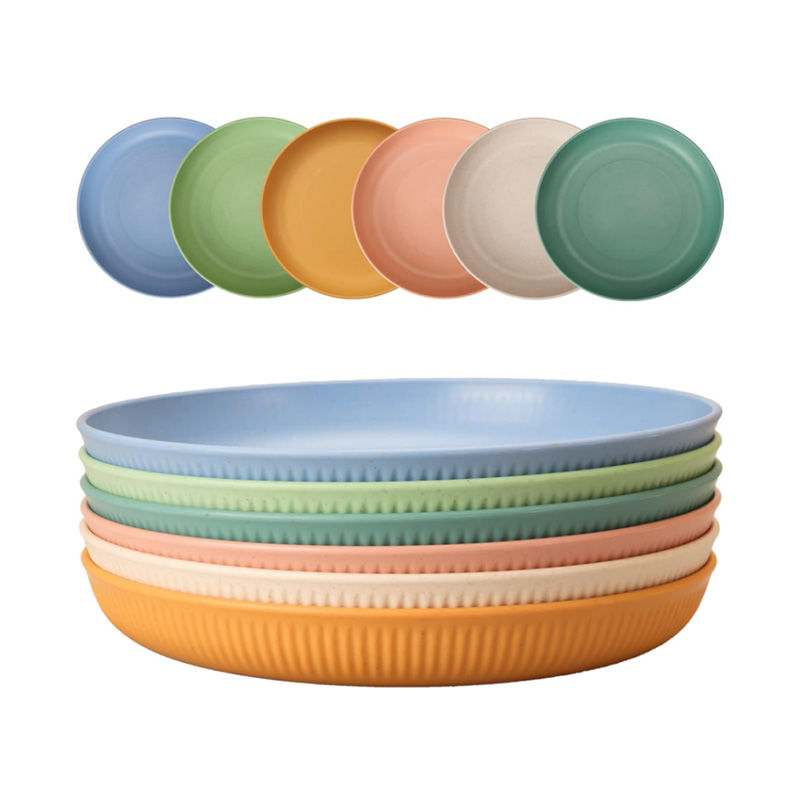
Sustainable tableware has gained significant attention as consumers look for eco-friendly alternatives to plastic. Wheat Straw Material Tableware has emerged as a viable option, often compared to bamboo products. Understanding the similarities and differences between these two materials can help users make informed choices for both environmental impact and practical use.
Material Composition and Sustainability
Wheat Straw Material Tableware is made from the stalks of wheat plants left over after harvesting grains. This byproduct is molded into durable plates, bowls, and utensils without requiring additional resources. Similarly, bamboo tableware is made from the fast-growing bamboo plant, which regenerates quickly and can be harvested sustainably. Both materials offer renewable alternatives to conventional plastics, but wheat straw has the added benefit of utilizing agricultural waste, reducing overall material waste.
Durability and Heat Resistance
When it comes to durability, both wheat straw and bamboo tableware are relatively strong, though bamboo tends to be slightly harder. Wheat Straw Material Tableware can withstand daily use for serving and eating, though it may be more prone to scratches or color changes with extended use. In contrast, bamboo tableware often maintains its appearance longer under similar conditions. Regarding heat resistance, wheat straw tableware generally tolerates moderate heat, making it suitable for everyday meals, while bamboo products can usually handle higher temperatures, such as hot soups or freshly cooked dishes.
Weight and Handling
One advantage of Wheat Straw Material Tableware is its lightweight design. Plates, bowls, and cups are easier to handle, especially for children or outdoor use, without sacrificing functionality. Bamboo tableware can be slightly heavier but provides a sturdier feel, which some users prefer for formal dining or long-term use. Both options are portable and practical for picnics, camping, or everyday household use.
Environmental Impact and Biodegradability
The eco-friendly nature of Wheat Straw Material Tableware lies in its renewable origin and biodegradability. It decomposes naturally over time without releasing harmful chemicals, making it suitable for composting. Bamboo tableware is also biodegradable and compostable, though the production process sometimes involves adhesives or coatings that can affect environmental friendliness. Choosing either material significantly reduces reliance on plastic, but wheat straw has the extra benefit of repurposing agricultural byproducts, minimizing waste from crop production.
Maintenance and Care
Maintenance for Wheat Straw Material Tableware is straightforward, though it is typically recommended to hand wash or use low-temperature dishwashing cycles to prolong its lifespan. Avoiding prolonged exposure to water or high heat helps prevent warping or damage. Bamboo tableware also requires gentle care but can generally tolerate slightly higher temperatures. Both materials are reusable, making them sustainable choices compared to single-use plastics.
Wheat Straw Material Tableware offers a lightweight, biodegradable, and sustainable alternative to plastic, with the added benefit of using agricultural waste. While bamboo tableware may provide slightly higher durability and heat resistance, both materials contribute positively to reducing environmental impact. Users seeking eco-friendly dining options can consider Wheat Straw Material Tableware for everyday use, especially for casual meals, outdoor activities, and situations where lightweight and easy-to-handle products are preferred. Ultimately, both wheat straw and bamboo tableware serve as practical, sustainable options for environmentally conscious consumers looking to replace traditional plastic tableware.
Hot Products
-
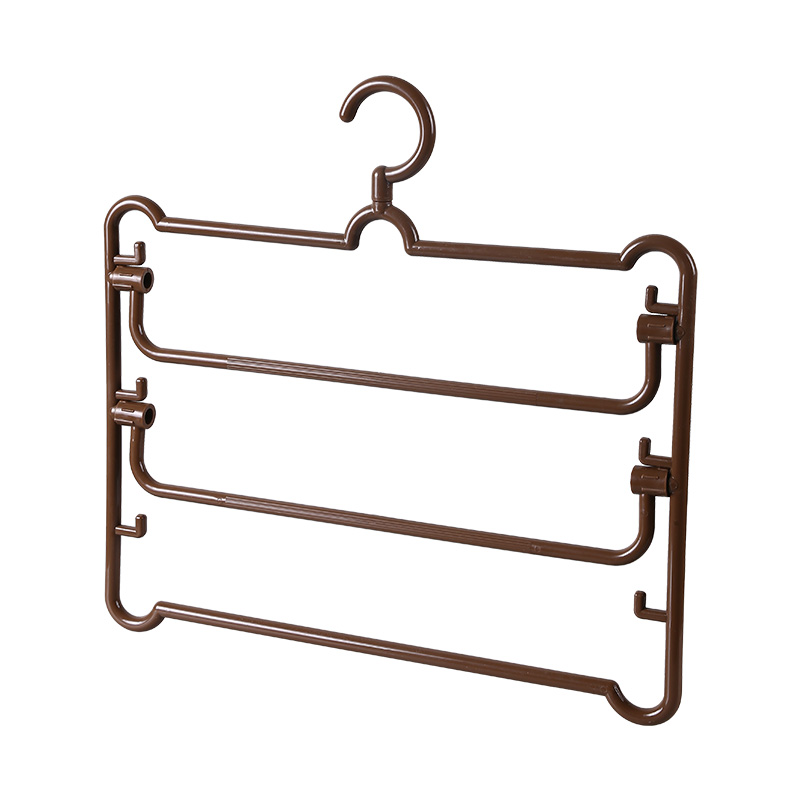
Plastic Pants Hanger (3 Bars)
-
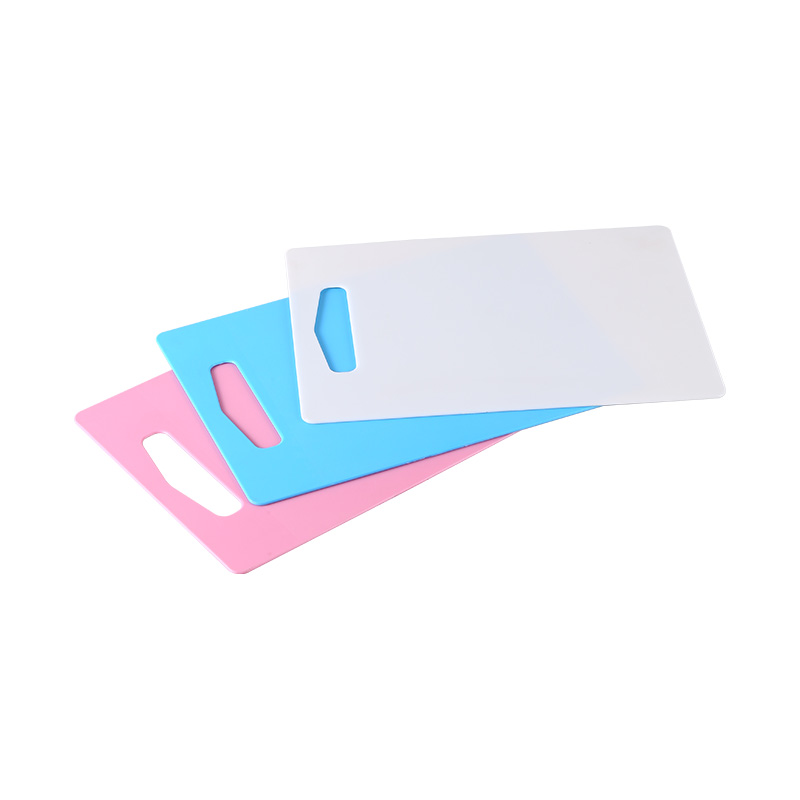
Plastic Chopping Board Food Cutting Block Mat Tool
-

Food Storage Container For Adult Kids All-In-One Lunch Box
-

Mini Round Food Preservation Box
-
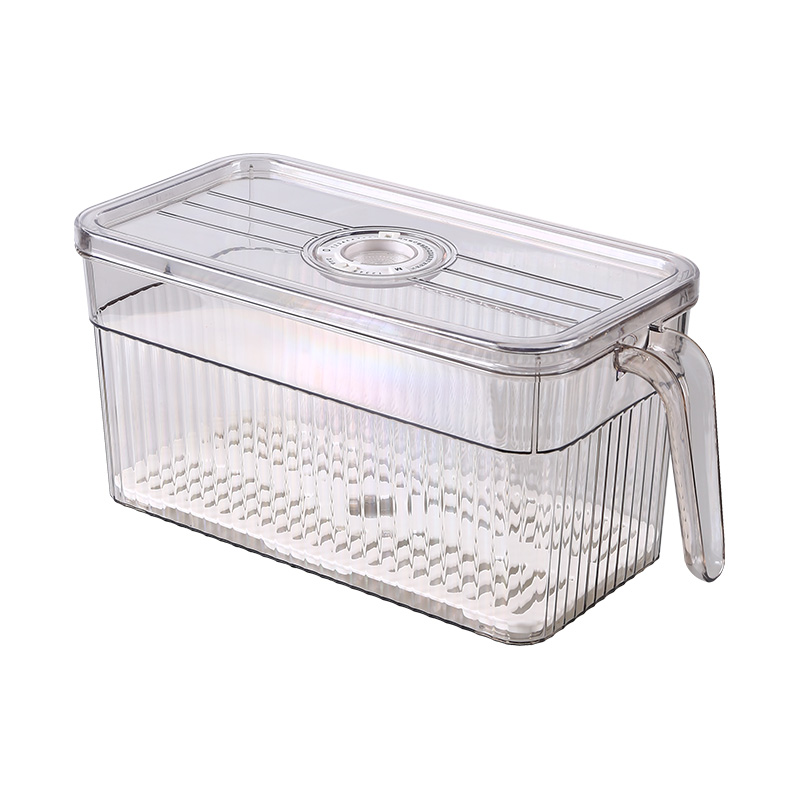
Refrigerator Storage Box Freezer Handle Storage Container
-
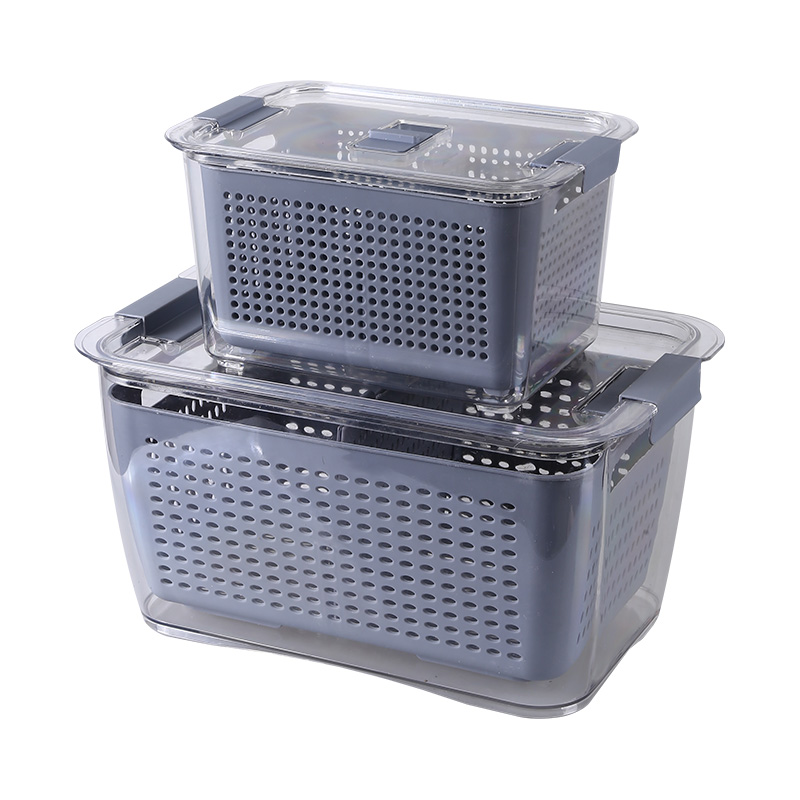
1pc Refrigerator Storage Box With Lid And Drain Basket Fruit Storage Containers Transparent Saver Container Food Organizer Bins
-
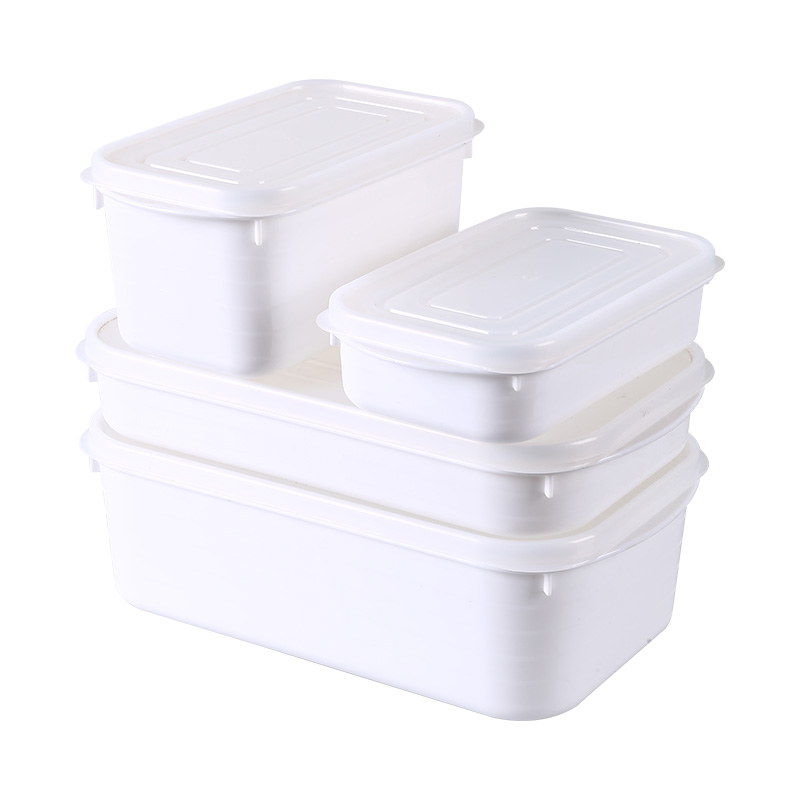
Food Storage Large Capacity Fresh-Keeping Eco Reusable Box Bento Food Leakproof Container
-
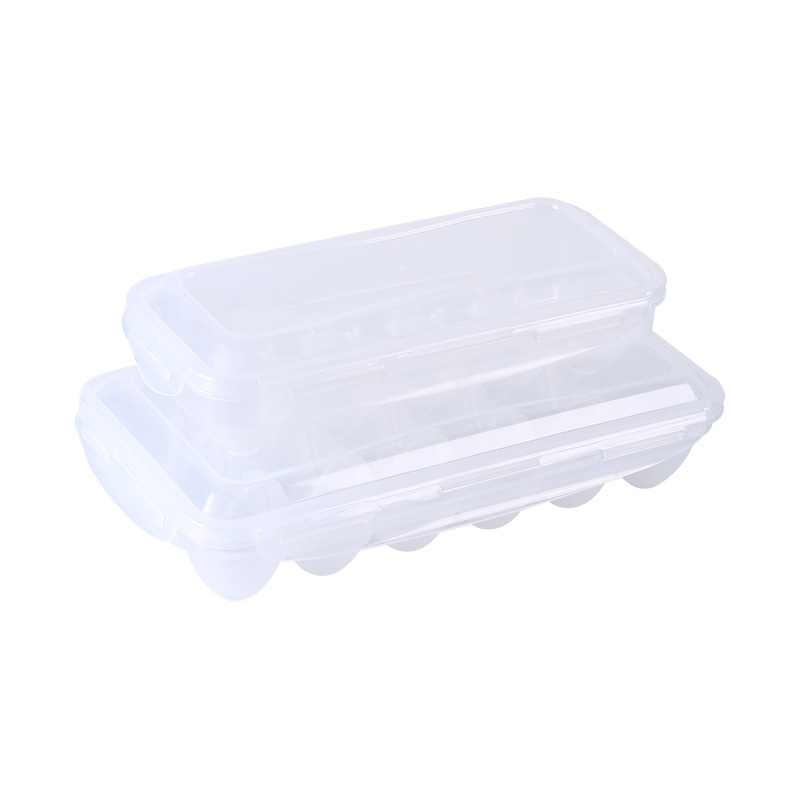
PP Plastic Egg Tray Storage Box
-
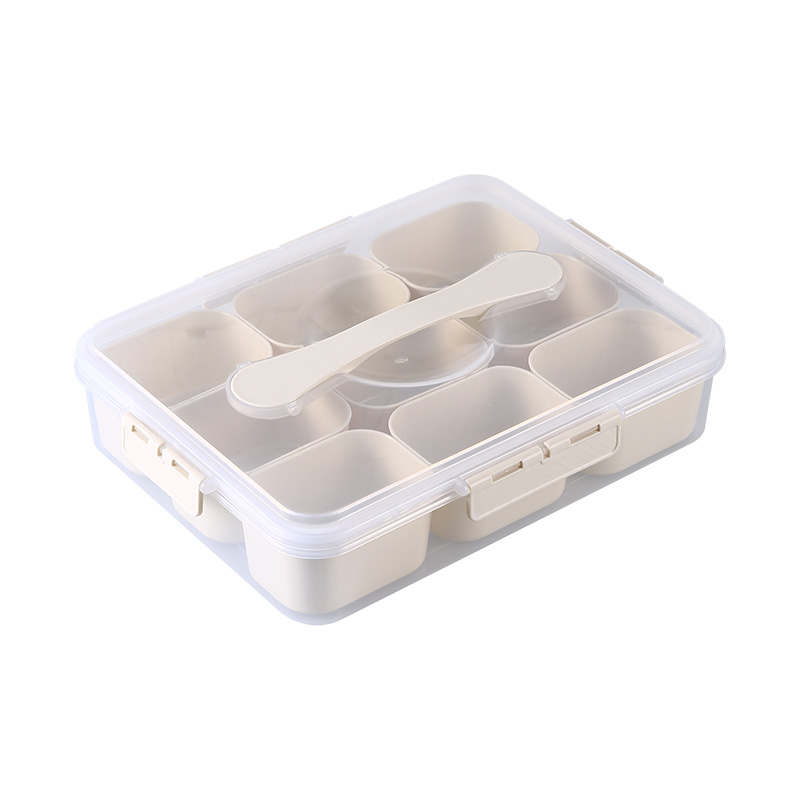
9 Compartment Divided Serving Tray With Lid And Handle Dried Fruit Storage Box
-

PP Material Handheld Fresh-Keeping Sealed Box Dry Food Classification Storage Box
-
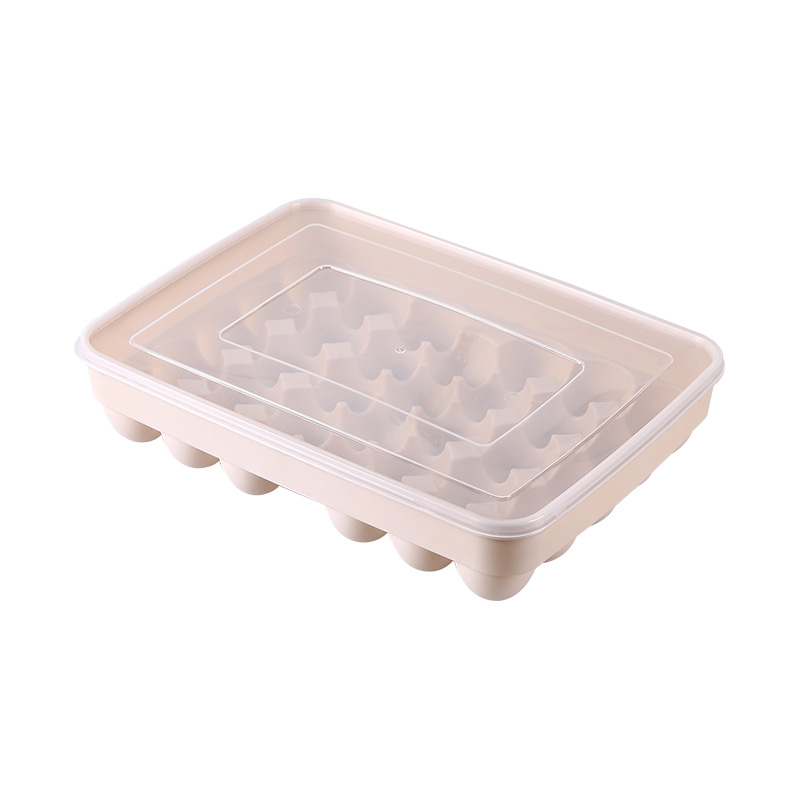
Refrigerator Storage Multi-Grid Egg Box Can Be Stacked With Cover To Food Preservation Box
-
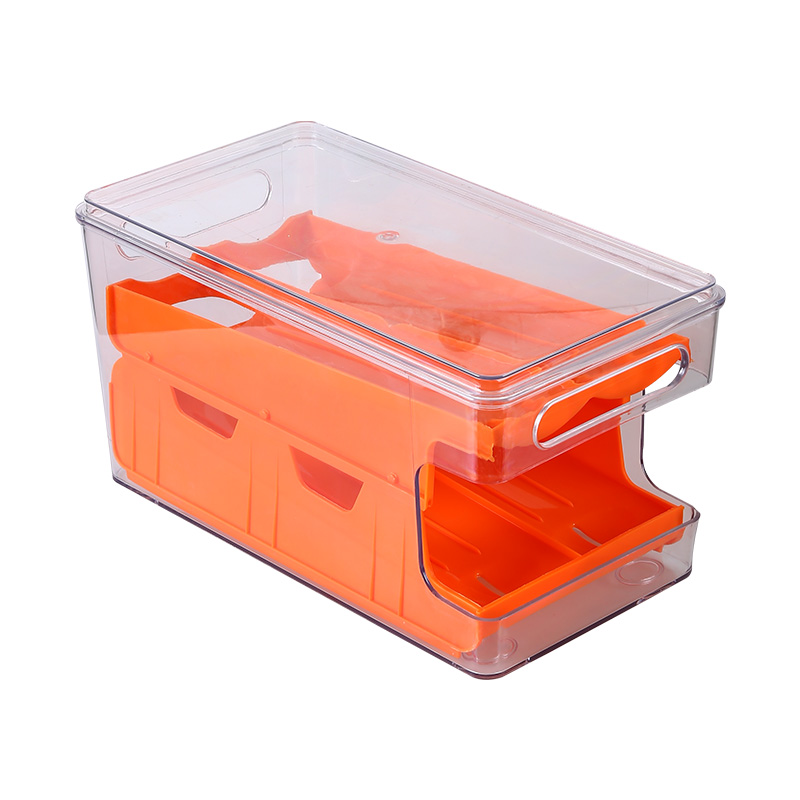
Dual-Layer Transparent Egg Storage Rack Eco-Friendly Slide-Type Household Kitchen
 English
English 中文简体
中文简体 Deutsch
Deutsch


